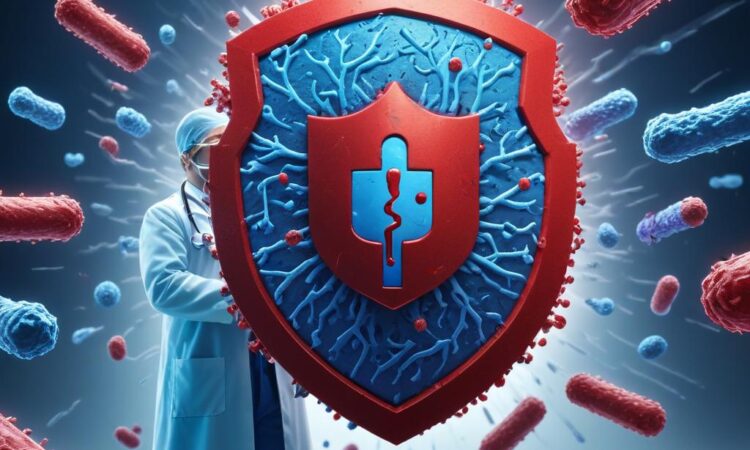Antibiotic Resistance Threat: A Silent Pandemic
The growing threat of antibiotic resistance continues to be a major concern for global health. Reports from various sources emphasize the need for improved antibiotic stewardship, research into new drugs, and public awareness campaigns to mitigate the impact of this silent pandemic.
The Scale of the Problem
Antibiotic resistance occurs when bacteria evolve to withstand the effects of antibiotics, rendering these life-saving drugs ineffective. This phenomenon has been escalating rapidly, driven by factors such as:
- Overuse and Misuse of Antibiotics: Inappropriate prescriptions, self-medication, and the use of antibiotics in agriculture contribute to the spread of resistant bacteria.
- Lack of New Antibiotic Development: The pharmaceutical industry has been slow to develop new antibiotics, leading to a shrinking arsenal to combat resistant infections.
- Global Travel and Trade: The ease of travel and trade facilitates the rapid spread of resistant bacteria across borders.
The Consequences of Resistance
The consequences of antibiotic resistance are dire and far-reaching:
- Increased Morbidity and Mortality: Resistant infections are harder to treat, leading to longer hospital stays, higher healthcare costs, and increased mortality rates.
- Economic Burden: Antibiotic resistance imposes a significant economic burden on healthcare systems and national economies.
- Threat to Public Health: The emergence of untreatable infections poses a serious threat to public health, jeopardizing the safety and well-being of individuals and communities.
Addressing the Challenge
Addressing the challenge of antibiotic resistance requires a multi-faceted approach:
1. Improved Antibiotic Stewardship
Promoting responsible antibiotic use is crucial. This includes:
- Prescribing Antibiotics Only When Necessary: Doctors should only prescribe antibiotics when they are truly needed, avoiding unnecessary use.
- Using the Correct Antibiotics: Choosing the right antibiotic for the specific infection is essential to maximize effectiveness and minimize resistance development.
- Completing the Full Course of Treatment: Patients should take the entire course of antibiotics prescribed, even if they feel better before finishing the treatment.
2. Research and Development of New Drugs
Investing in research and development of new antibiotics and alternative treatments is crucial to replenish the dwindling arsenal of effective drugs.
- Novel Antibiotics: Developing new antibiotics that target different mechanisms of bacterial resistance is essential.
- Alternative Therapies: Exploring non-antibiotic therapies, such as vaccines, phage therapy, and antimicrobial peptides, can offer additional strategies to combat resistant infections.
3. Public Awareness and Education
Raising public awareness about antibiotic resistance and promoting responsible antibiotic use is essential. This can be achieved through:
- Educational Campaigns: Public health campaigns should educate people about the dangers of antibiotic resistance and provide practical tips for responsible antibiotic use.
- Media Engagement: Media outlets can play a vital role in disseminating information and promoting public understanding of this critical issue.
Conclusion
Antibiotic resistance is a serious global health threat, requiring immediate and concerted action. By improving antibiotic stewardship, investing in research, and raising public awareness, we can combat this silent pandemic and protect our collective health.

